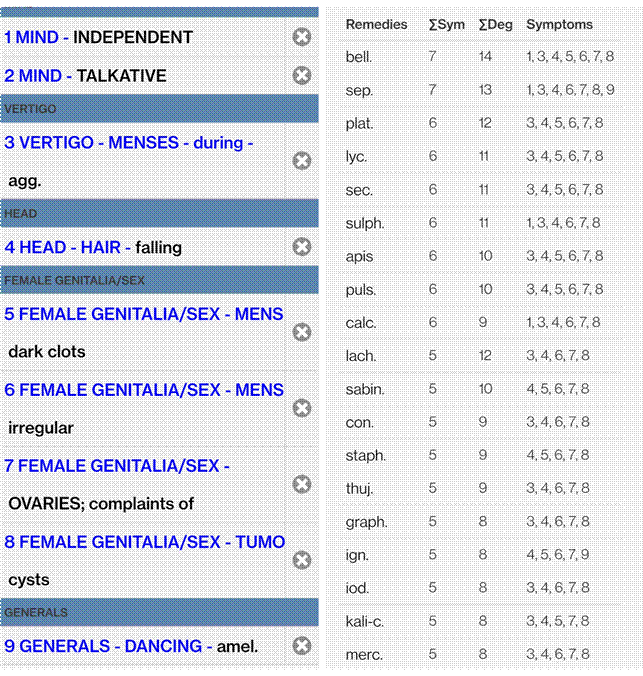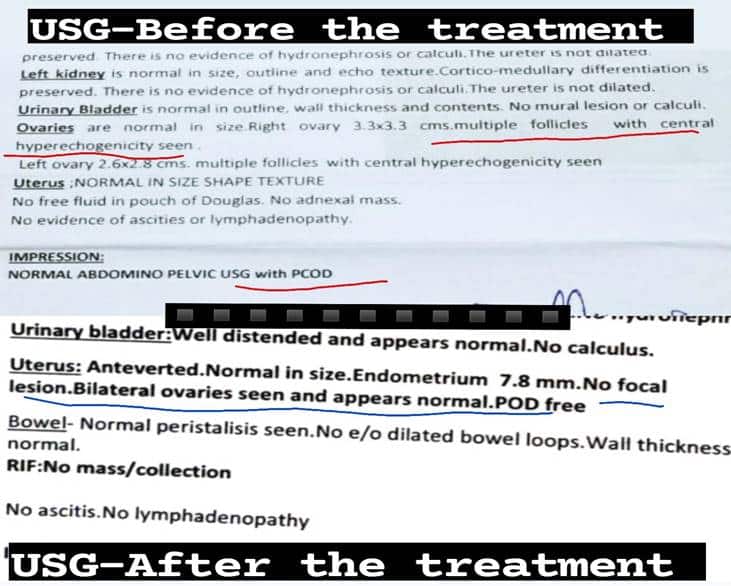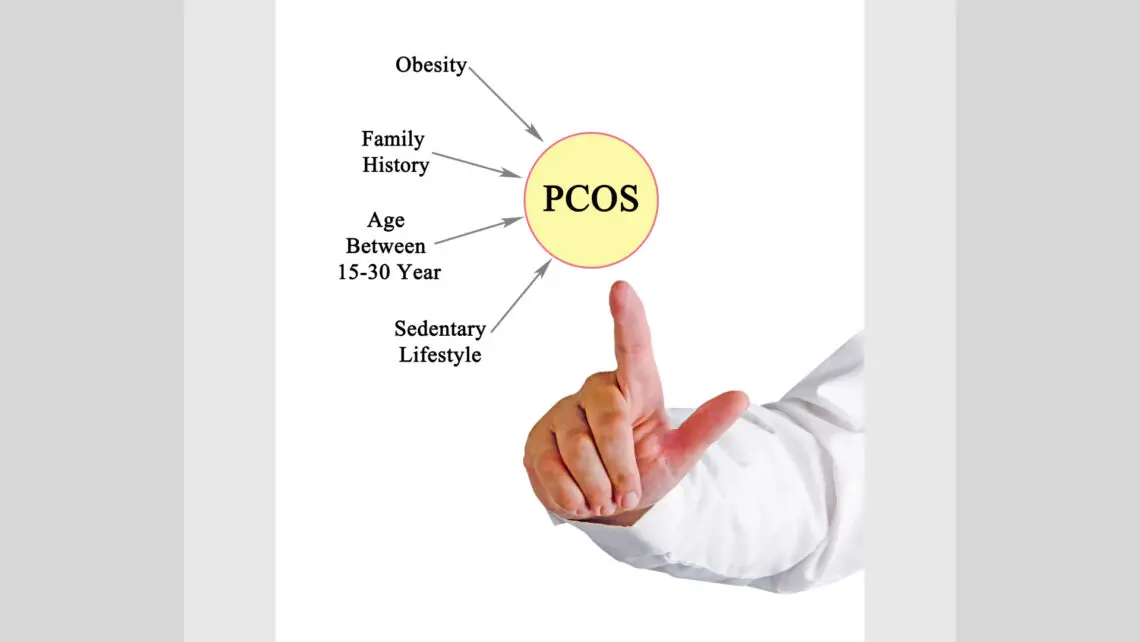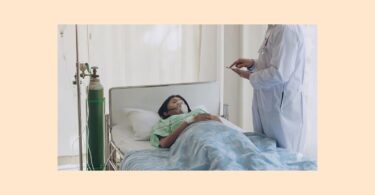CASE: A female aged 28 years presented with the complaint of irregular periods Her duration of cycle was 45-60 days. Character of flow was dark red with large clots and occasionally with profuse flow for 15-16 days with 3-4 pads/day. It used to alternate with scanty menses where the flow used to last just for a day with 1 pad/ day.
Complaints of severe headache and vertigo and dysmenorrhea pain before and during menses. She was also having hair fall the last 4 years. Also increase in weight of around 6 kgs in past 1.5 months.
Examination
Height- 143cm
Weight – 55kg
Blood pressure- 120/76 mm/Hg
Pulse rate- 70 b/min regular with no abnormalities
TREATMENT HISTORY:
Patient was on allopathic medicine for 3.5 years for irregular menses. It was discontinued for the past 6 months since she felt the medications didn’t improve her complaints.
PAST HISTORY: Nothing significant
FAMILY HISTORY: Mother – diabetic, migraines. Father – hypertensive
PHYSICAL GENERALS: Patient is vegetarian and her appetite was good, No significant cravings and aversions. Thermally chilly patient . Thirst (1.5 – 2 litres water per day). Bowel movements regular. Micturition normal. Perspiration normal.
MENTAL GENERAL: Patient is very talkative and independent in nature.
LMP-28.08.2021
Symptoms considered for Repertorisation.
- Talkative
- Independent
- Irregular menses
- Menses with dark cloths
- Vertigo during menses
- Headache
- Hair fall
- Ovarian cysts
- All the complaints better by dancing
BASIS OF PRESCRIPTION: Following symptoms were repertories by using Synthesis Repertory.10

Prescription: Based on reportorial results and the marked individualising symptom of all complaints of the patient ameliorated by dancing, she was prescribed Sepia 30 and also LM 6,7,8,9,10 depending on her improvement of symptoms and susceptibility.
Date-2.01.2022
1st Prescription –
- Sepia 30 (1p) H.S w
- No 40 pills 4-0-4
Also was advised of a few life style modifications to be followed along with medications.
Follow up of the case is given in below table.
| Follow up date | Symptoms | Medicine, potency and doses |
| 30/01/2022 | LMP-25/01/2022
Duration of flow-3days Clots present, headache and vertigo present better in intensity of pain All generals good |
Placebo 4-4-4 for 30 days |
| 25/02/2022 | No menses yet.
Hairfall increased, headache and vertigo also present. |
Sepia 200 for 1 month |
| 13/03/2022 | LMP -1/03/2022
4 days flow with cloths, headache and vertigo present |
Sepia 200, 1 dose for a month |
| 1/04/2022 | LMP- 25/03/2022
Duration of flow- 7 days Hairfall reduced, headache better, vertigo present |
Placebo for 30 days |
| 05/05/2022 | LMP- 21/03/2022 | Sepia 1M, 1 month |
| 30/06/2022 | LMP- 24/05/2022
4 days flow, hairfall reduced, no complaints of vertigo & headache |
Placebo for month |
| 25/07/2022 | menses regular
(LMP-27/06/2022). No new complaints. |
Placebo for 1 month |

Investigation reports of the patient before and after the treatment
Conclusion
PCOS was successfully treated with homoeopathic medicines by individualising the case.
Reference
- DC Dutta’s Textbook Of Obstetrics. 7th ed. New Delhi: Jaypee Brothers Medical Publishers.
- Davidson S.Davidson’s principles and practice of Medicine, 21st ed. London, UK: Churchill Livingstone Elsevier.
3.KV Das Krishna Textbook of medicine. 5th ed. Jaypee Brothers Medical Publishers (P) Ltd.
4.Kumar P, Clark M. Kumar and Clark Clinical Medicine . 8th ed. Russell The Journal Of The Bertrand Russell Archives. Saunders Elsevier publication Edinburgh,London,New York, Oxford, Philadelphia, Stlouis,Sydney, Toronto.
5.Longo DL, et al. Harrison’s Principles of Internal Medicine, 18th ed, Tinsley: McGraw-Hill Companies.
- Boericke W. Pocket Manual of Homoeopathic Materia Medica & Repertory: Comprising of the Characteristic and Guiding Symptoms of All Remedies (clinical and Pahtogenetic [sic]) Including Indian Drugs. B. Jain publishers; 2002.
- Clarke JH. A dictionary of practical materia medica. InA dictionary of practical materia medica 1982 (pp. 2586-2586).
- Phatak SR. Materia medica of homoeopathic medicines. B. Jain Publishers; 2002.
- Nash EB. Leaders in homoeopathic therapeutics. Boericke & Tafel; 1901.
10.Schroyens F. Synthesis (Repertorium Homoeopathicum Syntheticum). Version 8.1. Published in India by arrangement with Homoeopathic Book Publishers, UK by B. Jain Publishers (P) Ltd. New Delhi; 2001.







Dear Scientist,
I am not a homeopath, but attending online homeo. activities. This patient has irregular bowel, which come from stress mainly. Can we consider GI homeopathy treatment for PCOS? Thank you.